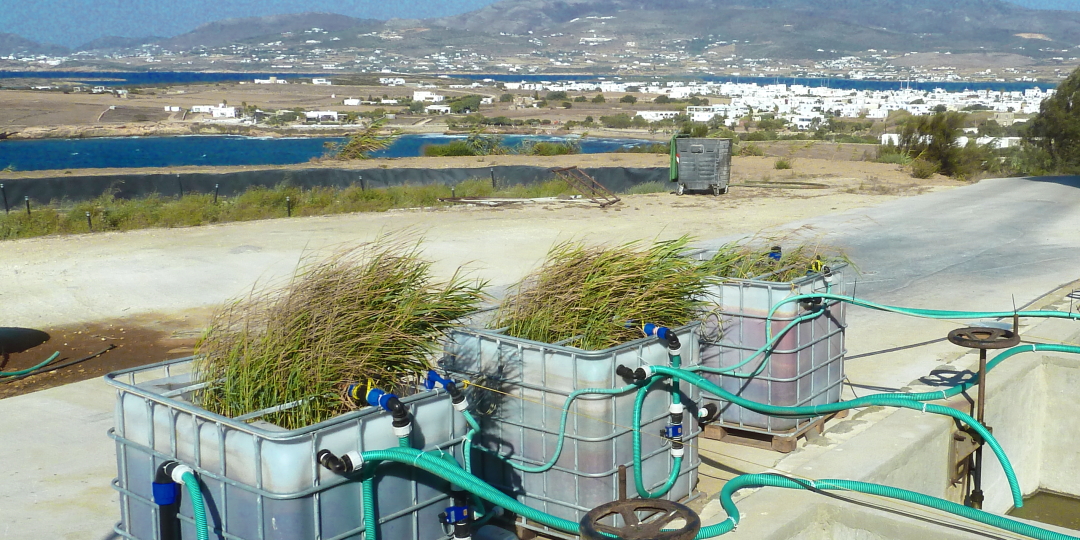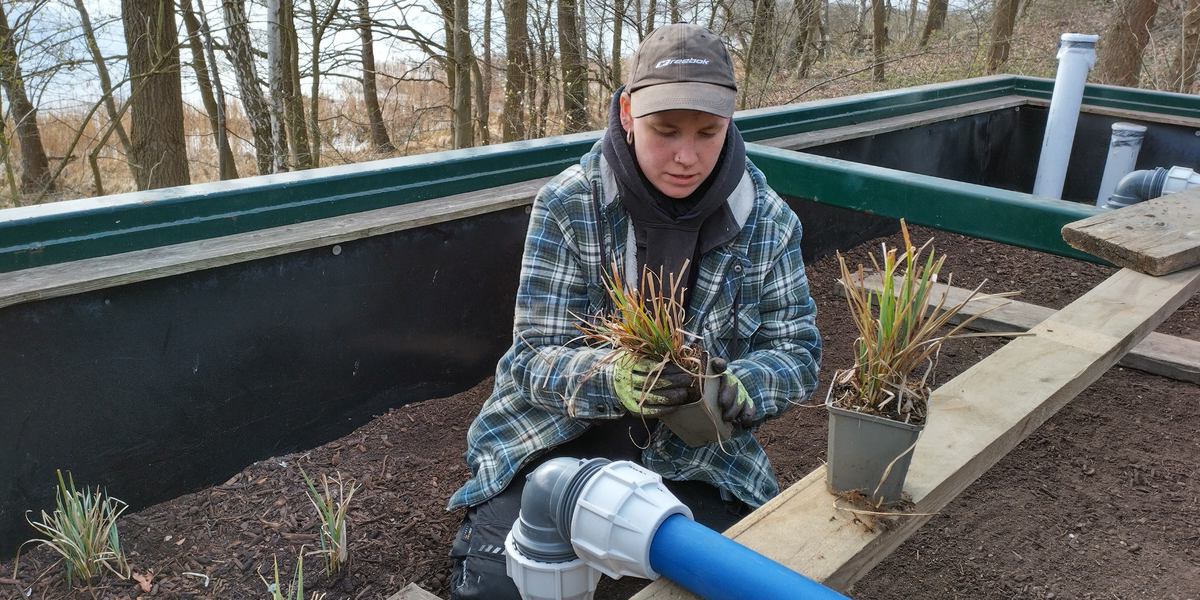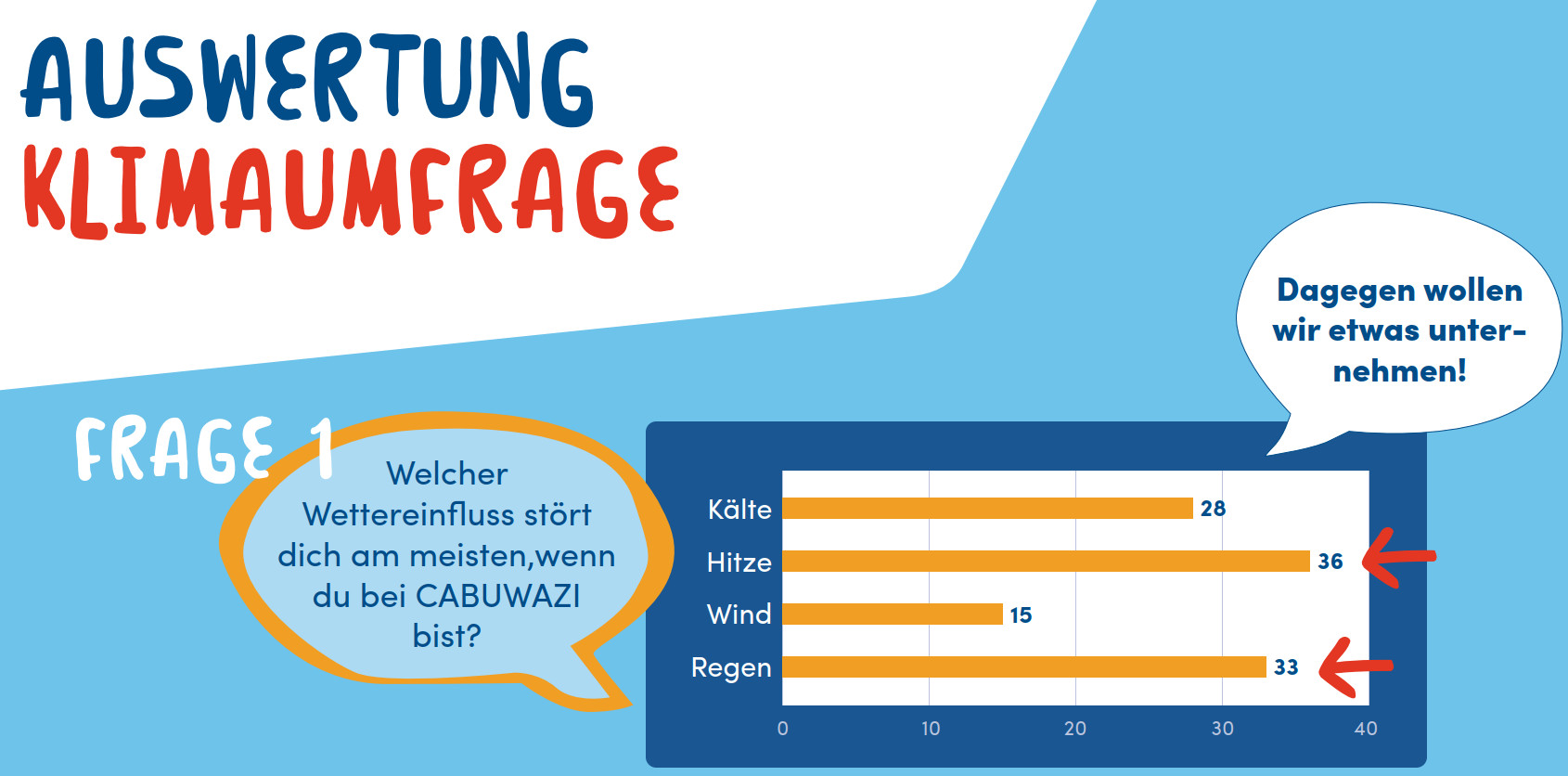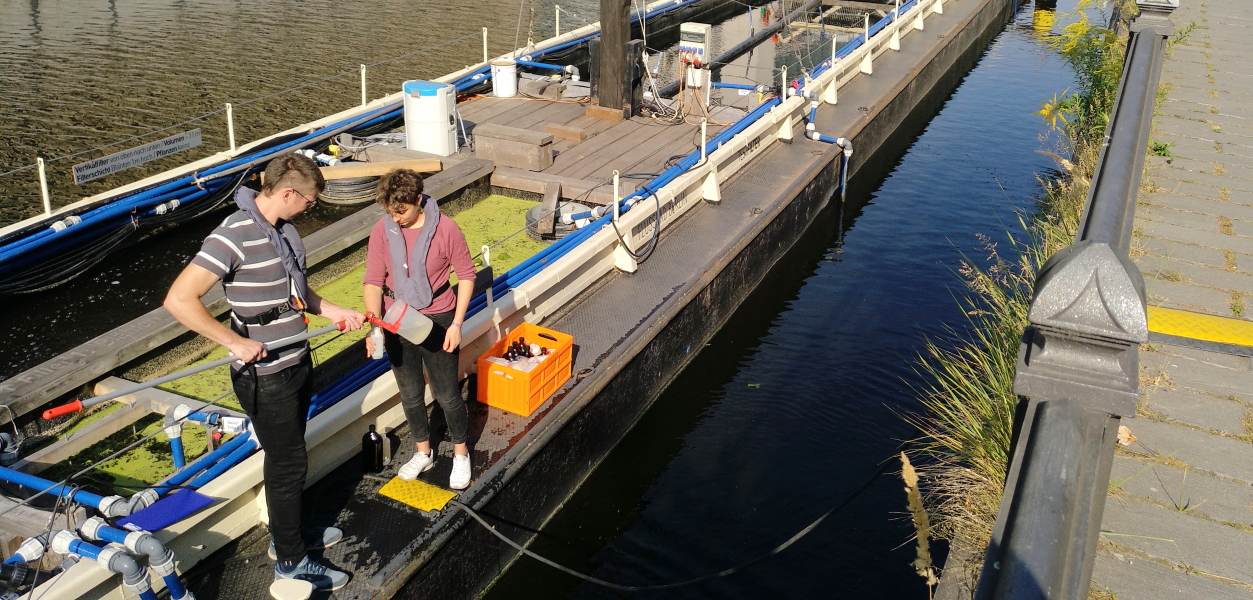

Retention soil filters for urban waters in China
Again - Global climate strike on November 29th
Design recommendation for combining nature based and technical solutions
In the European joint project AquaNES, various combinations of nature based and technical systems were investigated for their suitability for wastewater treatment from 2016 to 2019. The results were described in a handout for planners and operators describing such and comparable systems. The recommendations show the potentials and reasonable applications of such combinations.
The first part of the document deals with soil filters as part of combined systems and describes possible combinations with technical pre- and post-treatment. The different possible applications of constructed wetlands as primary, secondary or tertiary treatment as well as dual use for combined sewer overflows and as a tertiary treatment stage are highlighted. Important design parameters, in particular the German code of practice DWA A-262 (2017) for the dimensioning, construction and operation of constructed wetlands for municipal wastewater treatment are summarized here and combined with the results from the demonstration sites and the experience of the authors.
In the second part, the five AquaNES sites in Greece, Germany, and Great Britain, their different applications, design and operation data, and monitoring results are presented. The two Greek sites, the Antiparos and Thirasia WWTPs, are both located on tourist-oriented islands in the Aegean Sea. The solution at Antiparos focused on creating a robust, nature-based system that could handle fluctuating hydraulic and organic loads and meet the Greek standard of water reuse for irrigation. At Thirasia, a soil filter was integrated into a number of different engineering processes. Here, photocatalysis via TiO2 was also experimented with and downstream membrane filtration was tested. In Germany, an innovative retention soil filter was constructed in Rheinbach (Erftverband) for the combined use as a fourth treatment stage and for treating combined sewer overflows. At the Schönerlinde wastewater treatment plant, the combination consisted of an ozone plant and a downstream soil filter. Here, the retention of organic micropollutants such as pharmaceutical residues and metabolites in the effluent of the wastewater treatment plant was also demonstrated. Finally, the effectiveness of soil filters with reactive filter material made from blast furnace slag was investigated in long-term operation at the Packington site (UK).
Further information: Heribert Rustige
Download: Report


